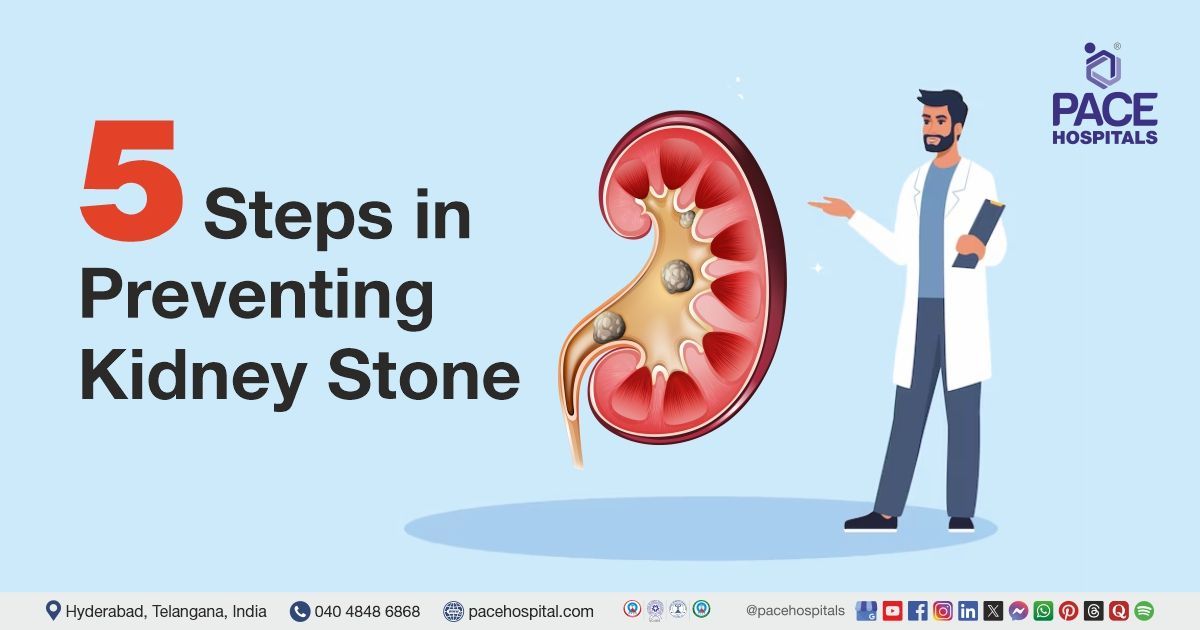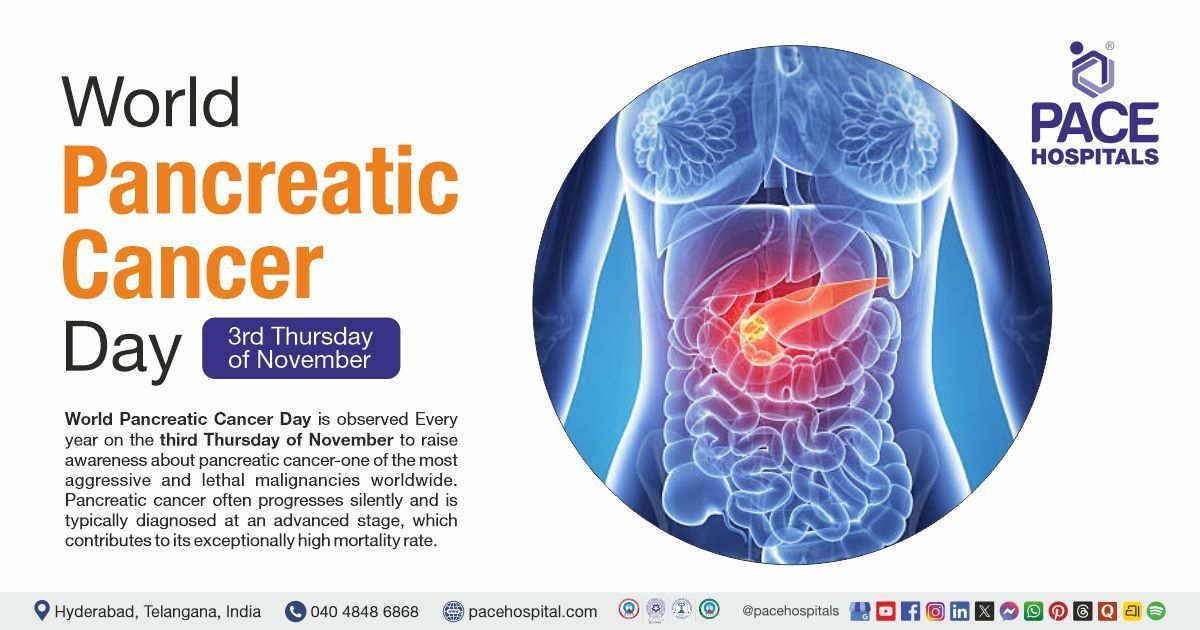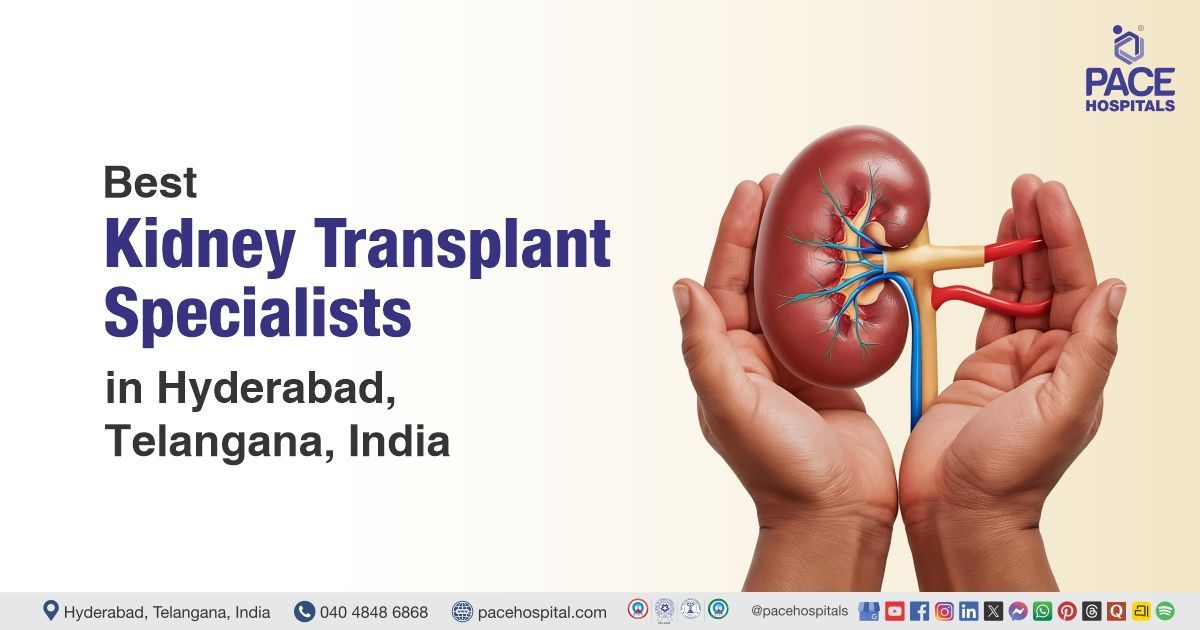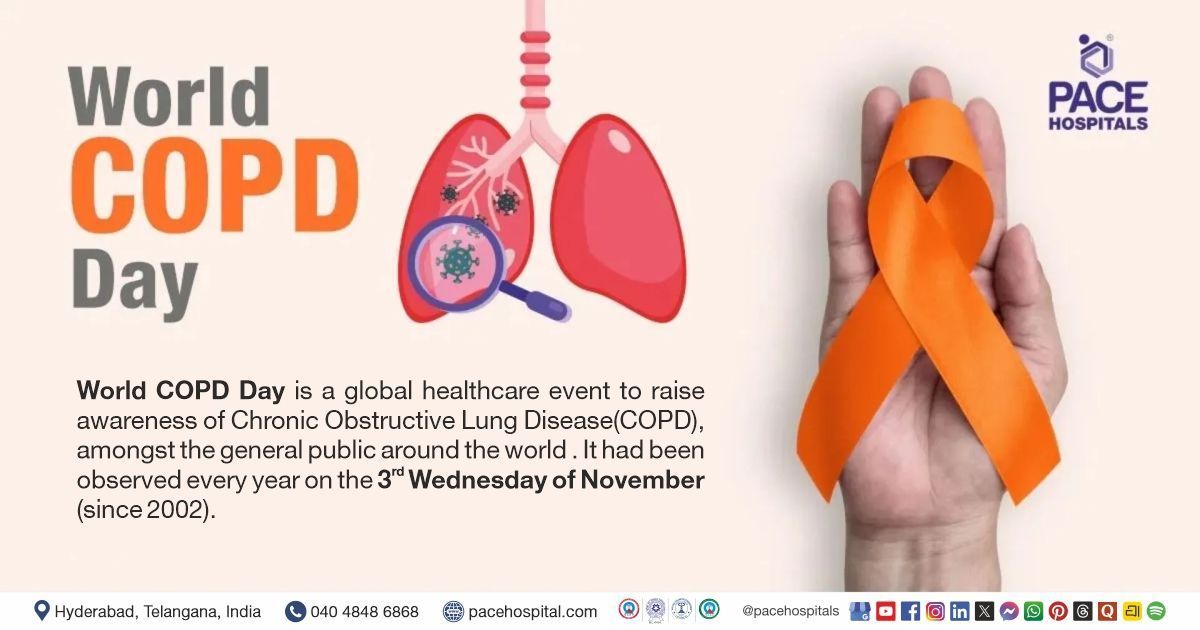Scalp Reconstruction for Recurrent Basal Cell Carcinoma in a 71 Y.O. Male
PACE Hospitals
PACE Hospitals' Expert oncology team, along with the plastic surgery team, successfully performed
a local wide excision with skin grafting and turnover flaps
in a 71-year-old male patient who had presented with a longstanding ulcerative nodule on the scalp. The procedure aimed to achieve complete excision of the lesion,
followed by reconstruction using turnover flaps, and to enhance the patient’s overall functional recovery and quality of life.
Chief complaints
A 71-year-old male with a
BMI of 23.4 presented to
PACE Hospitals, Hitech City, Hyderabad, with a recurrent ulcerative lesion measuring approximately 3 × 2 cm on the right side of the scalp, just above the forehead. Despite previous treatments, the lesion had recurred multiple times, prompting further evaluation and management.
Past Medical History
The patient was a known case of type 2 diabetes mellitus and was on regular oral hypoglycemic medications for glycemic control. He had a prior history of surgical intervention for a similar lesion in the same region of the scalp. Following that procedure, histopathological analysis of the excised tissue revealed basal squamous carcinoma of the skin.
Given the malignant nature of the lesion and its recurrence, further surgical evaluation and management were warranted to prevent progression and potential complications.
On examination
Upon admission to PACE Hospitals, the patient’s vital signs were stable, and he was hemodynamically stable. On general examination, he was conscious, coherent, and cooperative. Cardiovascular and respiratory examinations were unremarkable, with normal heart sounds (S1, S2) and adequate bilateral air entry. Abdominal examination revealed a soft, non-tender abdomen with no signs of distension or guarding.
Breast examination showed normal soft tissue without any palpable lumps. Local examination of the scalp revealed a 3 cm × 2 cm ulcerative lesion located on the right side above the forehead. No significant lymphadenopathy was noted in the neck, indicating the absence of regional metastatic spread at the time of evaluation.
Diagnosis
Following the initial examination, the patient underwent a thorough evaluation by the oncology department, which included detailed clinical assessment, laboratory investigations, and imaging studies. To support the diagnosis and assess the extent of the condition, a series of relevant investigations were conducted:
Laboratory tests revealed elevated lipoprotein(a) levels, indicating an increased risk of cardiovascular disease.
A contrast-enhanced CT scan of the neck showed normal anatomy of the nasopharynx, oropharynx, hypopharynx, larynx, thyroid, and salivary glands. However, vascular findings demonstrated attenuation of the left internal jugular vein (IJV) and focal non-opacification in the proximal right Internal Jugular Vein (IJV), suggestive of possible thrombosis, likely secondary to malignancy or a hypercoagulable state. Additionally, spinal imaging revealed severe degenerative changes with anterior osteophyte formation.
Chest imaging identified a calcified granuloma in the left upper lobe, suggestive of a prior infection, along with mild aortic calcification. Other findings included interstitial septal thickening, ground-glass opacities, and subpleural reticulations in both lungs, raising suspicion for early interstitial lung disease or fluid overload. Non-specific subpleural nodules and fibrotic changes were also observed in the left upper lobe.
A contrast-enhanced CT scan of the brain showed no evidence of acute intracranial pathology but did reveal age-related cerebral atrophy. A soft tissue lesion was noted in the right frontoparietal scalp, corresponding to the known ulcerative lesion. Non-opacification of the proximal right internal jugular vein was again noted, reinforcing the suspicion of thrombosis associated with malignancy or an underlying hypercoagulable state.
Two-dimensional echocardiography (2D ECHO) revealed bradycardia during the study. The cardiac chambers were of normal size with preserved biventricular function and no regional wall motion abnormalities. Moderate mitral regurgitation and trivial tricuspid regurgitation were noted, with no evidence of intracardiac thrombus, pulmonary embolism, or valvular vegetations.
A chest X-ray (PA view) confirmed the presence of a nasogastric tube in situ. The heart size was within normal limits, lung fields were clear, hila appeared normal, costophrenic angles were sharp, and the chest wall and bony thoracic structures showed no abnormalities.
All other diagnostic tests were unremarkable, with no additional abnormalities identified that could contribute to the patient's current condition.
Based on this comprehensive evaluation, the patient was advised to undergo
Skin Cancer Treatment in Hyderabad, India, under the expert care of the Oncology Department, ensuring complete treatment, symptom relief, and prevention of further complications.
Medical Decision Making (MDM)
Given the patient’s history of recurrent ulcerative lesions on the scalp and a confirmed diagnosis of basal squamous carcinoma, along with imaging findings suggestive of local recurrence without regional metastasis, surgical intervention was considered both necessary and urgent.
The multidisciplinary team, including Dr. Ramesh Parimi, Senior Consultant Surgical Oncologist, and a plastic and reconstructive surgeon, conducted a comprehensive evaluation to determine the most appropriate management strategy aimed at complete oncological clearance and optimal wound healing.
After a thorough discussion with the patient and his family regarding the risks, benefits, and expected outcomes, the team recommended wide local excision of the scalp lesion with adequate oncological margins, followed by reconstructive surgery to restore scalp integrity and function.
This combined approach was designed to achieve complete tumor removal, reduce the risk of further recurrence, and facilitate satisfactory cosmetic and functional recovery.
Surgical Procedure
Following the decision, the patient was scheduled to undergo Oncoplastic Reconstruction in Hyderabad at PACE Hospitals under the expert supervision of the Oncology Department.
Before undergoing the surgery, informed consent was obtained after thoroughly explaining the procedure and confirming the patient’s full understanding.
Following a comprehensive assessment by the cardiologist and anaesthesiologist, the patient was found to have satisfactory cardiac function and was considered medically fit to undergo surgery under general anaesthesia.
All required preoperative investigations were completed to ensure the patient was clinically stable and fit for the planned surgery. During the procedure, the following steps were carried out and findings observed:
- Anesthesia and Positioning: The patient was positioned supine, and general anaesthesia was administered. The scalp was then carefully prepared and draped in a sterile manner to provide clear access to the lesion in the right frontoparietal region.
- Wide Local Excision (Three-Dimensional Excision): A wide local excision of the ulcerative lesion was performed (the ulcerative lesion was surgically removed), along with an extra 2 cm of surrounding healthy tissue to ensure complete tumor removal.
- The excision was carried out in three dimensions, addressing the length, width, and depth of the tumor. Dissection was extended down to the periosteum of the outer table of the skull (down to the bone layer) to secure clear deep margins and achieve full oncological clearance.
- Evaluation of the Defect: After the excision, a substantial defect remained in the frontoparietal region of the scalp (a large open area was left on the front and side of the scalp). This defect necessitated reconstructive surgery to restore both the function and appearance of the affected area.
- Reconstruction of the Defect: Turnover flaps (skin flaps) were carefully taken from the nearby forehead, parietal (top), and temporal (side) scalp areas to adequately cover the defect (open area). These flaps were then gently moved and rotated into position to ensure proper alignment and complete coverage of the excised site.
The surgery was successfully completed without any complications. Afterward, the patient was closely monitored to support a stable recovery and to watch for any signs of recurrence or issues at the surgical site.
Postoperative care
The patient’s postoperative recovery was smooth and without any complications. Due to the extent of the surgery and reconstruction, he was closely monitored in the intensive care unit to ensure stable vital signs and proper wound healing.
He received intravenous antibiotics to prevent infection, along with medications for pain relief, nausea, fever, and other supportive measures. Throughout the recovery period, the surgical wound remained healthy with no signs of infection, dehiscence, or problems with the flap, showing good healing and a positive response to treatment. Once stable, the patient was prepared for discharge with clear instructions for home care and scheduled follow-up appointments.
Discharge Medications
At the time of discharge, the patient was prescribed a set of medications tailored to support his recovery and manage his existing health conditions.
Oral antibiotics were given to help prevent any postoperative wound infections, and antipyretics were included to manage any mild fever during the healing process.
Statins were prescribed to lower his elevated lipoprotein(a) levels and reduce the risk of future heart problems. His regular antidiabetic medications were continued to keep his blood sugar under control, which is important for proper wound healing and to avoid complications. Additional supportive medications were also provided as needed to help manage symptoms and promote a smooth overall recovery.
Emergency Care
The patient was informed to contact the Emergency ward at PACE Hospitals in case of any emergency or development of symptoms such as pain in the abdomen, vomiting and fever.
Review and Follow Up
The patient was advised to follow up with the Oncologist in Hyderabad at PACE Hospitals after 5 days, and with the cardiologist for cardiac evaluation. During these visits, the recovery would be assessed, and further management needs would be determined.
Conclusion
This case highlights the successful surgical management of recurrent basal squamous carcinoma of the scalp through wide local excision and flap reconstruction. The procedure effectively removed all malignant tissue while preserving scalp integrity and function.
Comprehensive Approach to Skin Cancer Management and the Importance of Early Intervention
The management of skin cancer, especially in cases like this, highlights the importance of early detection and timely intervention to achieve better outcomes. An oncologist/cancer specialist doctor plays a key role in selecting the most appropriate treatment approach based on the type, size, and stage of the lesion. Surgical removal remains the primary treatment option, with techniques such as wide local excision, Mohs micrographic surgery, curettage and electrodessication, and cryosurgery commonly used. In addition to surgery, other therapies may be considered, including topical anti-cancer creams and gels, as well as systemic treatments like chemotherapy and immunotherapy, which help target cancer cells throughout the body. Photodynamic therapy is also effective, particularly for superficial or early-stage lesions. Early treatment not only increases the likelihood of complete tumor removal, but also greatly reduces the risk of recurrence and spread, leading to better long-term outcomes for the patient.
Share on
Request an appointment
Fill in the appointment form or call us instantly to book a confirmed appointment with our super specialist at 04048486868











